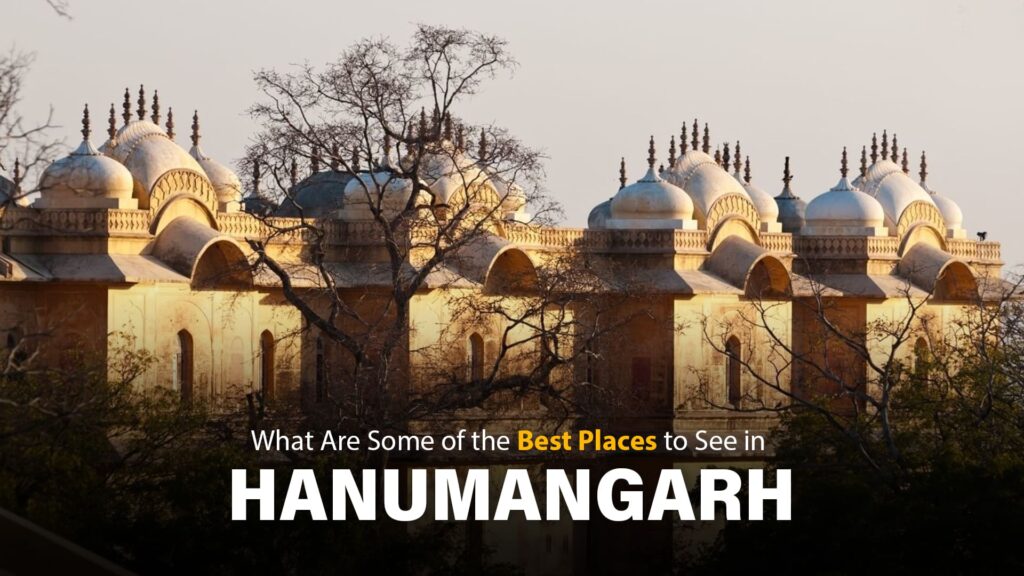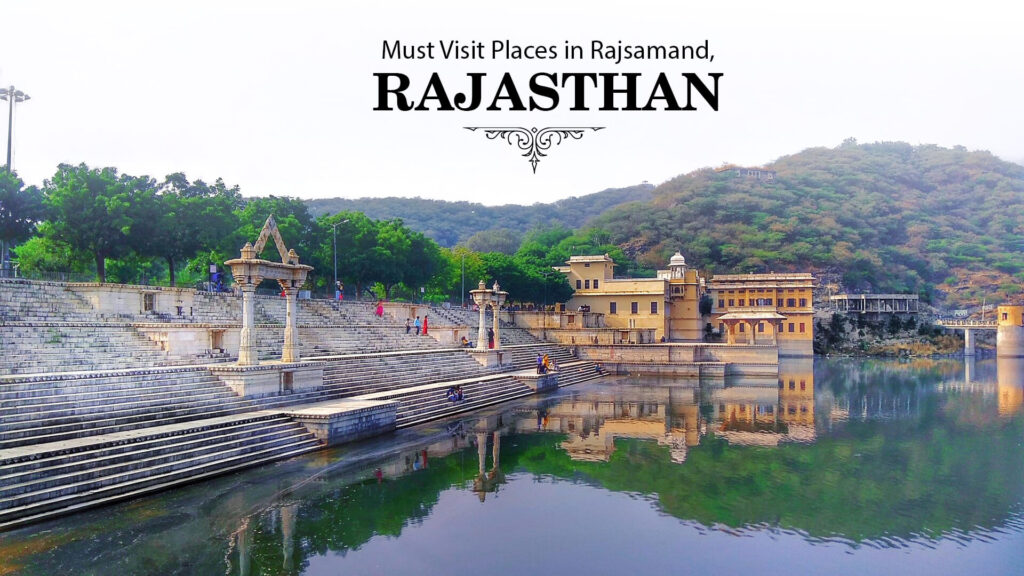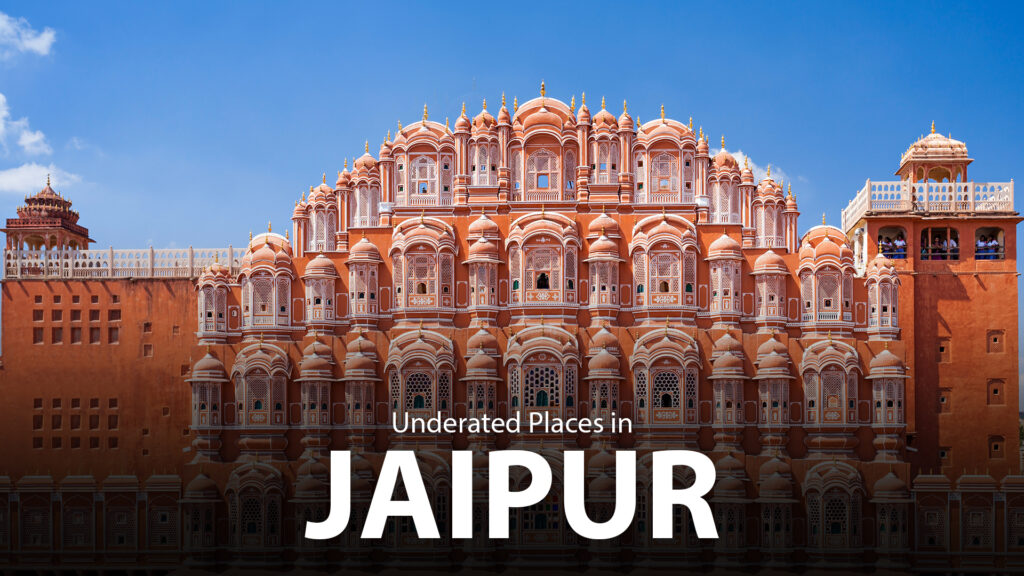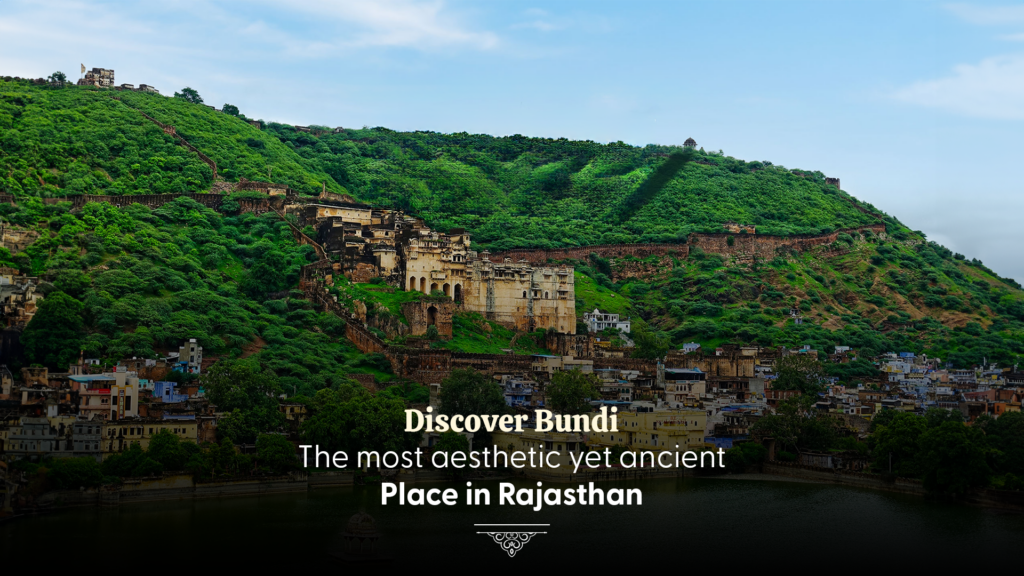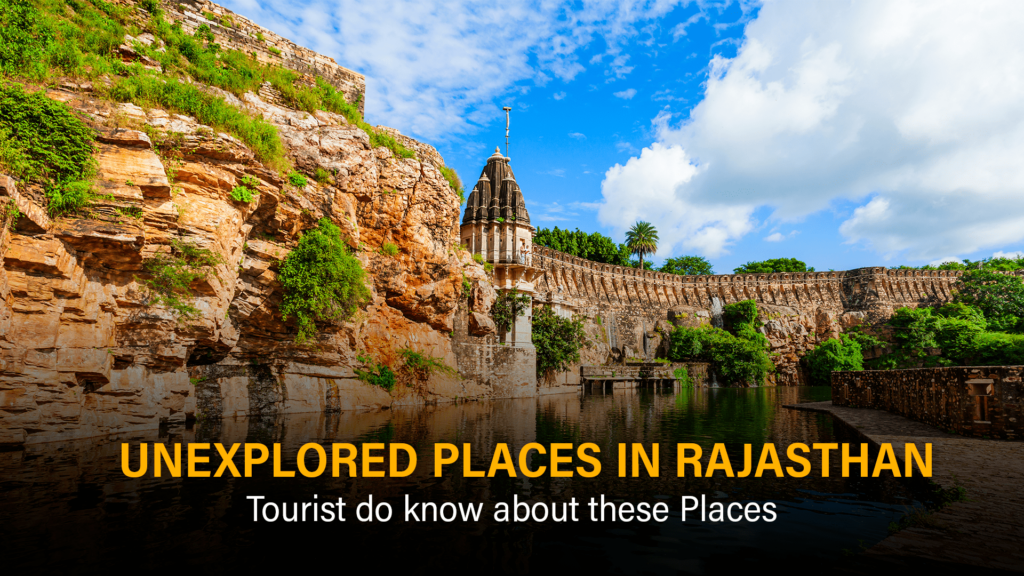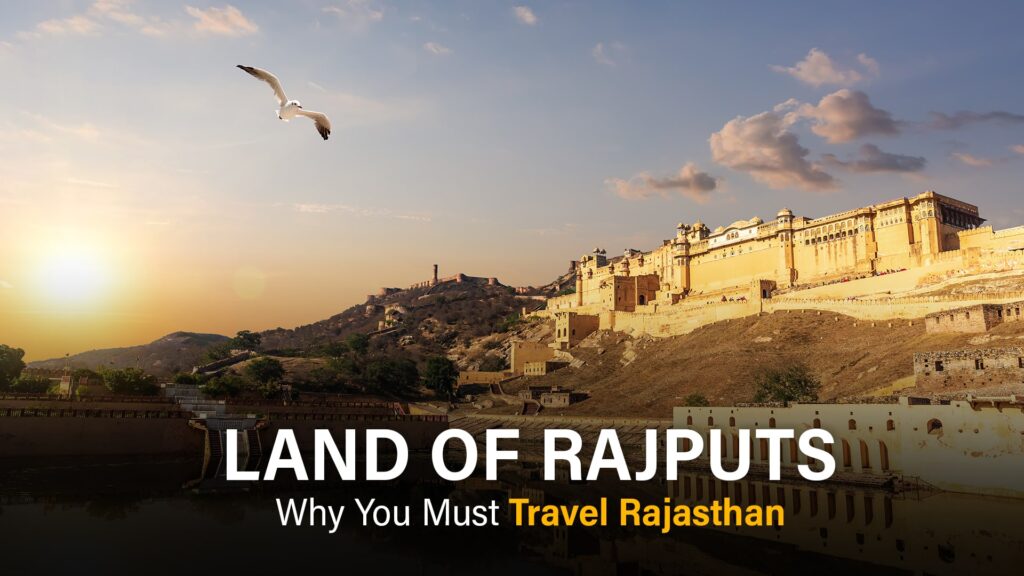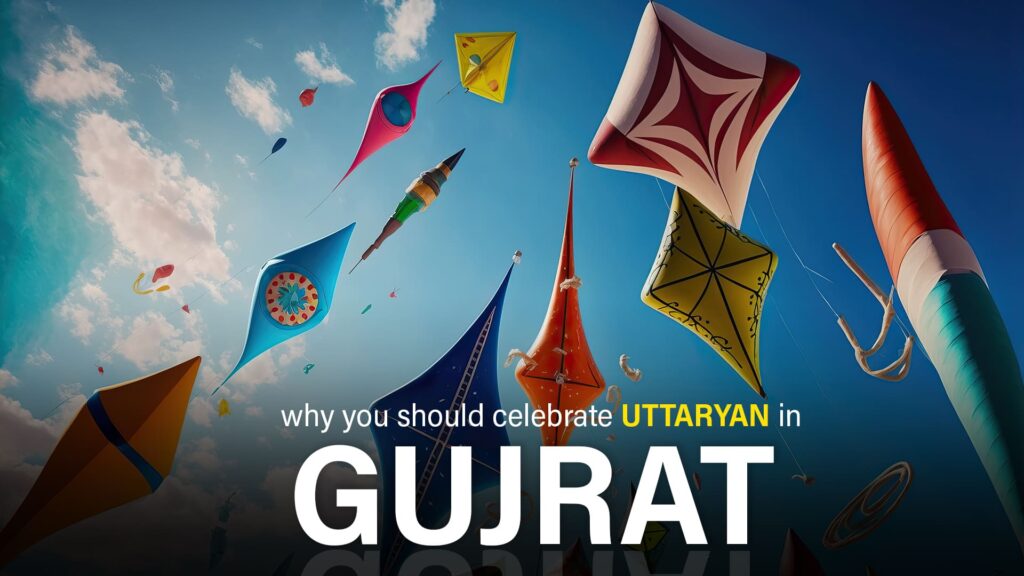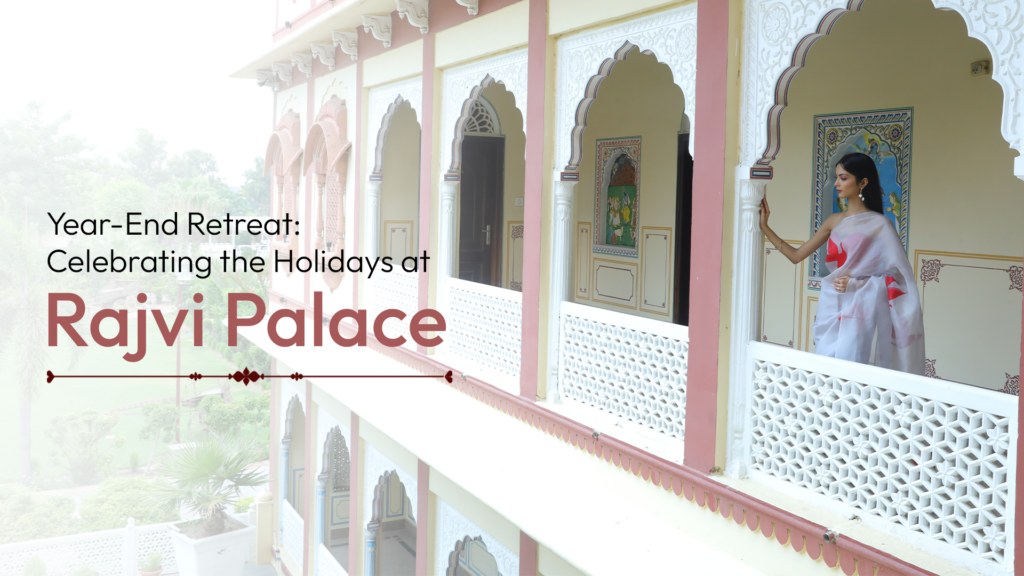Best Places to See in Hanumangarh, Rajasthan
Welcome to Hanumangarh, a charming town in Rajasthan, India’s heart. With its rich history and vibrant culture, Hanumangarh beckons travelers to undertake a journey of discovery and exploration. Centuries ago, Hanumangarh witnessed the rise and fall of empires, the clash of swords, and the echoes of ancient civilizations. At the heart of the town stands the Hanumangarh Fort, a silent witness to the events of history. Built on the banks of the mighty Ghaggar River, this majestic fort stands as a guardian, guarding the town and its secrets. The strategic location of Hanumangarh made it a bustling center of trade and commerce in ancient times. Traders from distant lands traversed its streets, exchanging goods and tales of distant lands. The town flourished under the patronage of kings and rulers who sought to leave their mark on its storied landscape. In every corner of Hanumangarh, past echoes mingle with the present rhythms, creating a harmonious symphony that captivates the senses. From its ancient monuments to its bustling bazaars, Hanumangarh invites visitors to solve its mysteries and discover the hidden gems that lie within. Join us as we embark on a journey through the winding lanes and storied landmarks of Hanumangarh, where every step reveals a new chapter in the town’s timeless saga. The Fort of Hanumangarh The Fort of Hanumangarh is a testament to the town’s courage. Built centuries ago on the banks of the Ghaggar River, this imposing structure has weathered the sands of time and witnessed the ebb and flow of history. Constructed with red sandstone and intricate carvings, the fort’s walls echo tales of battles fought and kingdoms won. Its majestic gates and towering ramparts stand as silent sentinels, guarding the town against invaders and marauders. The architectural brilliance of the Hanumangarh Fort is evident in its intricate design and strategic layout. From its towering bastions to its fortified walls, every aspect of the fort reflects the craftsmanship and ingenuity of its builders. Visitors can marvel at the intricate carvings adorning the fort’s facades and explore its corridors, where echoes of the past linger at every turn. One of the Hanumangarh Fort’s most captivating aspects is its breathtaking views of the surrounding landscape. Perched atop a hillock overlooking the Ghaggar River, the fort provides visitors with panoramic vistas of the town below and the sprawling plains beyond. As the sun’s golden rays illuminate the horizon, the fort’s ramparts come alive with a mesmerizing glow, casting a spell binding spell over all who behold its beauty. Bhadrakali Temple Located in the bustling streets of Hanumangarh lies the sacred Bhadrakali Temple, dedicated to the fierce goddess Bhadrakali. Believed to embody divine power and protection, the temple attracts devotees from far and wide who seek solace and blessings. The air resonates with the melodious chants of prayers, offering a glimpse into the deep spiritual devotion that permeates the temple’s sanctum. The Bhadrakali Temple is renowned for its exquisite architecture, and intricate carvings adorn its sacred precincts. From its ornately carved pillars to its intricately painted ceilings, every aspect of the temple reflects the rich cultural heritage of Rajasthan. Devotees flock to the temple to participate in age-old rituals and religious practices, seeking the goddess’s divine grace and blessings. Kalibangan Archaeological Museum Step back in time and immerse yourself in the ancient civilization of the Indus Valley at the Kalibangan Archaeological Museum. Located places near Hanumangarh, this museum is a treasure trove of artifacts dating back to the Indus Valley Civilization, one of the world’s oldest urban societies. Visitors can marvel at pottery, seals, jewelry, and other relics that offer insights into the daily lives and cultural practices of the people who once inhabited this fertile region. The Kalibangan Archaeological Museum houses a fascinating collection of rare artifacts and archaeological discoveries unearthed from excavations in and around the town. Each artifact tells a story of ancient craftsmanship and ingenuity, from intricately carved seals to meticulously crafted pottery. Visitors can witness the remarkable advancements made by the Indus Valley Civilization in fields such as urban planning, trade, and technology. Bhatner Fort Museum Situated within the historic Bhatner Fort walls, the Bhatner Fort Museum is a testament to the region’s military prowess and strategic importance. The museum houses a diverse collection of military artifacts, including weapons, armor, and battle equipment used by warriors throughout the ages. Visitors can trace the evolution of military technology and tactics from ancient times to the present day, gaining insights into the region’s martial heritage. In addition to its military exhibits, the Bhatner Fort Museum also showcases artifacts that shed light on the region’s cultural evolution and social history. Visitors can explore exhibits dedicated to art, architecture, religion, and daily life, gaining a deeper understanding of the cultural forces that have shaped Hanumangarh and its surrounding areas over the centuries. As you wander through the halls of these museums, you will journey through time, unraveling the mysteries of Hanumangarh’s storied past and discovering the rich tapestry of cultures that have thrived in this ancient land. From the Indus Valley to the present day, Hanumangarh’s museums offer a window into the past, preserving the memories of generations gone by for future generations to cherish and explore. Ramsagar Lake Tucked away in lush greenery, Ramsagar Lake is a serene oasis that mesmerizes visitors with its natural beauty and tranquil ambiance. The lake’s shimmering waters reflect the azure sky, creating a picturesque setting that soothes the soul and rejuvenates the spirit. As gentle breezes rustle through the surrounding foliage, visitors can bask in the serenity of nature and escape the hustle and bustle of urban life. Ramsagar Lake offers many recreational activities for visitors of all ages. Boating enthusiasts can rent paddle boats or rowboats and glide across the tranquil waters, taking in panoramic views of the surrounding landscape. Fishing enthusiasts can try their luck at catching freshwater fish. At the same time, nature lovers can embark on leisurely walks along the lake’s verdant shores, spotting migratory birds and native wildlife.
Best Places to See in Hanumangarh, Rajasthan Read More »

